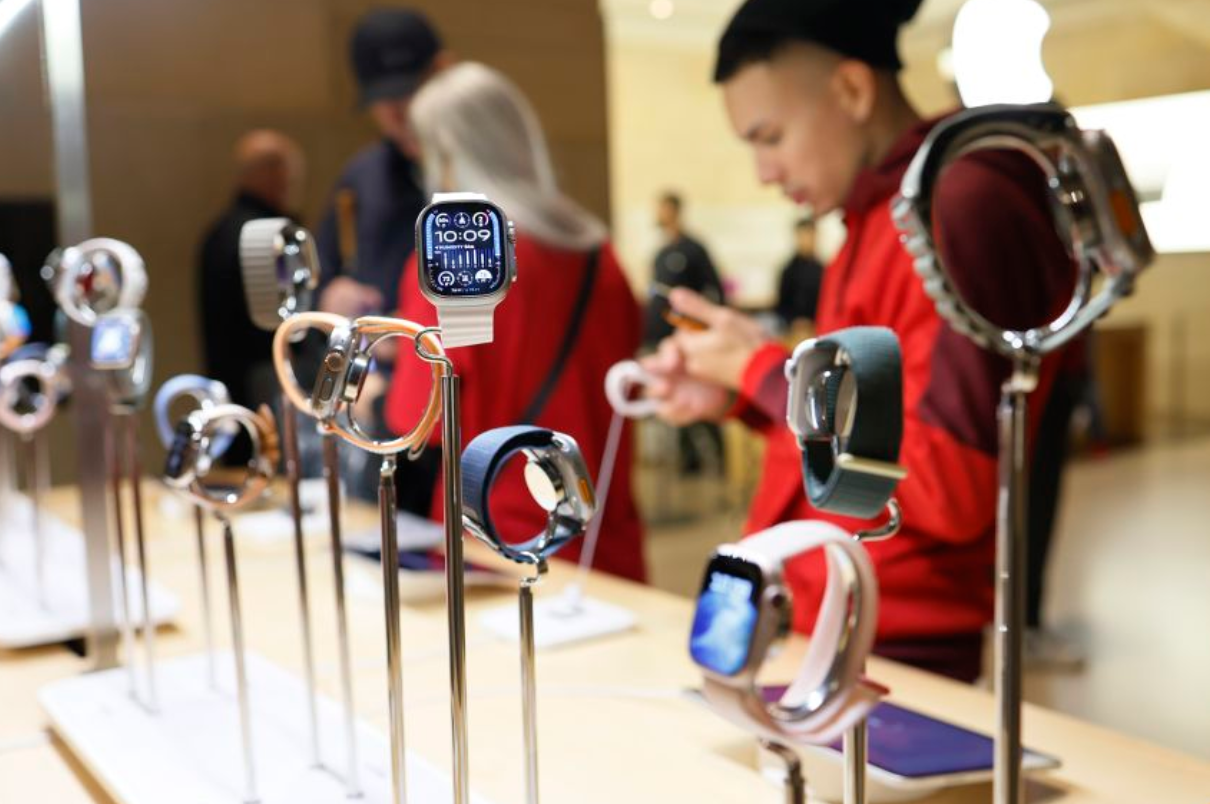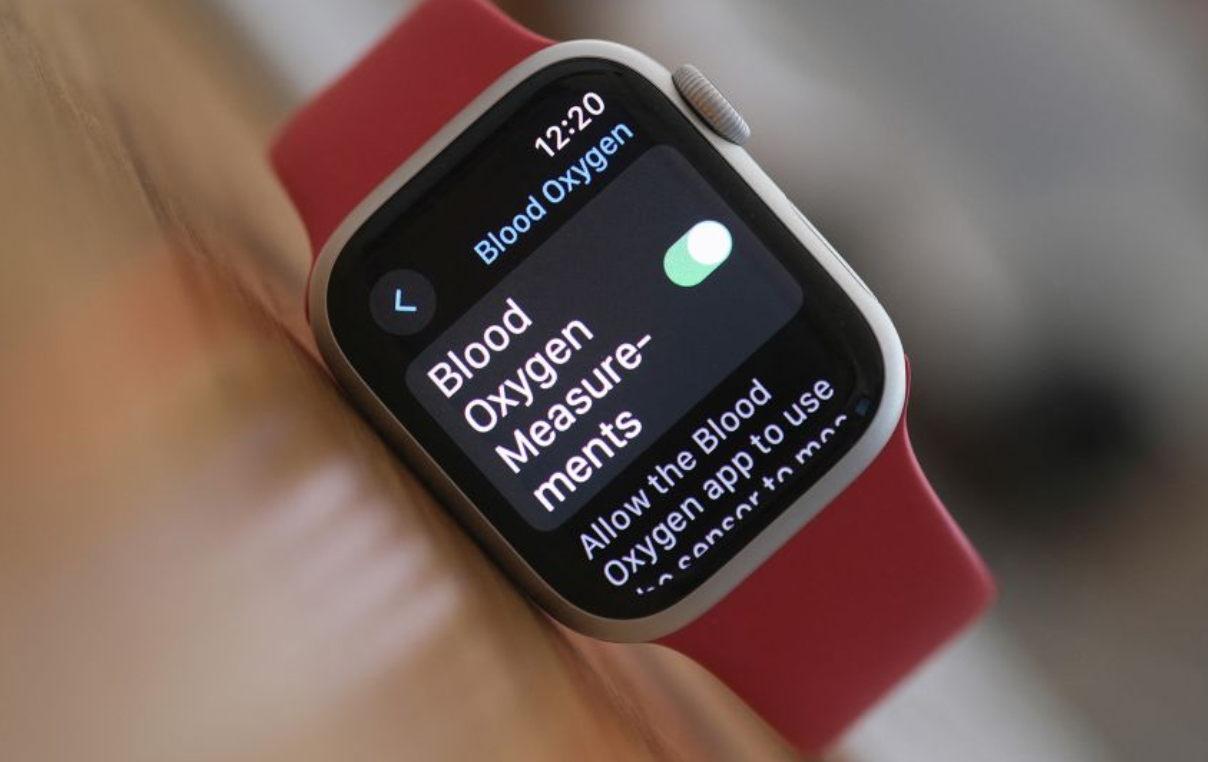💡 Key Takeaway: Apple’s popular blood oxygen detection feature is returning to the Apple Watch in the US through a software update, ending a nearly two-year absence caused by a high-profile legal battle.
Apple announced on Thursday that blood oxygen monitoring will return to its latest smartwatch models in the United States, including the Apple Watch Series 9, Series 10, and Ultra 2. The feature will be reintroduced via a software update after being unavailable due to a patent dispute with medical technology company Masimo.

📌 Why the Feature Was Removed
In 2023, the US International Trade Commission (ITC) ruled that Apple had infringed on Masimo’s patented pulse oximeter technology. This technology measures blood oxygen saturation by shining light through the skin—a method widely used in hospitals through finger-clip devices. Apple had introduced its version of the feature in the Apple Watch Series 6 during the height of the COVID-19 pandemic in 2020.
The ITC order banned the sale of new Apple Watch models with blood oxygen capabilities in the US. However, existing watches already in consumers’ hands, as well as all international sales, were unaffected.
💡 The Return of Blood Oxygen Detection
Apple will deliver a “redesigned” blood oxygen feature in its upcoming update. US-based users of the affected Apple Watch models will need to update to watchOS 11.6.1 and pair their devices with an iPhone running iOS 18.6.1 to regain access.
This software-based solution appears to address the legal concerns while allowing Apple to restore a feature that has been heavily promoted as part of its long-term vision for health monitoring.
🏥 Why Blood Oxygen Monitoring Matters
Blood oxygen level monitoring can be an important tool for tracking respiratory health and detecting early signs of certain conditions, such as sleep apnea or lung disease. While not intended as a medical-grade diagnostic device, the Apple Watch’s sensor has been marketed as part of Apple’s commitment to improving user health and wellness.
Features like these can help Apple differentiate itself from competitors and encourage users to integrate the Apple Watch into their daily health routines. The company is also reportedly working on noninvasive glucose monitoring, a potentially game-changing feature for people with diabetes.
📊 Competitive Pressures
Apple faces strong competition from Samsung, which has been aggressively expanding its digital health capabilities with features tailored for aging populations. Google, meanwhile, is expected to launch a new version of its Pixel Watch with enhanced health tools.
By restoring blood oxygen detection, Apple not only resolves a long-standing issue but also strengthens its position in the fast-growing digital health market.
🌍 Impact on the US Market
The Americas remain Apple’s largest market, making the return of this feature particularly significant. The absence of blood oxygen monitoring on US models may not have been a major dealbreaker for most consumers, but it was a noticeable gap compared to Apple Watches sold internationally.
With this update, US customers will once again enjoy feature parity with global markets, a move likely to boost customer satisfaction and maintain loyalty.
✅ In Summary: After nearly two years, Apple Watch blood oxygen detection returns to the US through a legal-compliant redesign, reinforcing Apple’s commitment to health innovation while navigating patent disputes.

